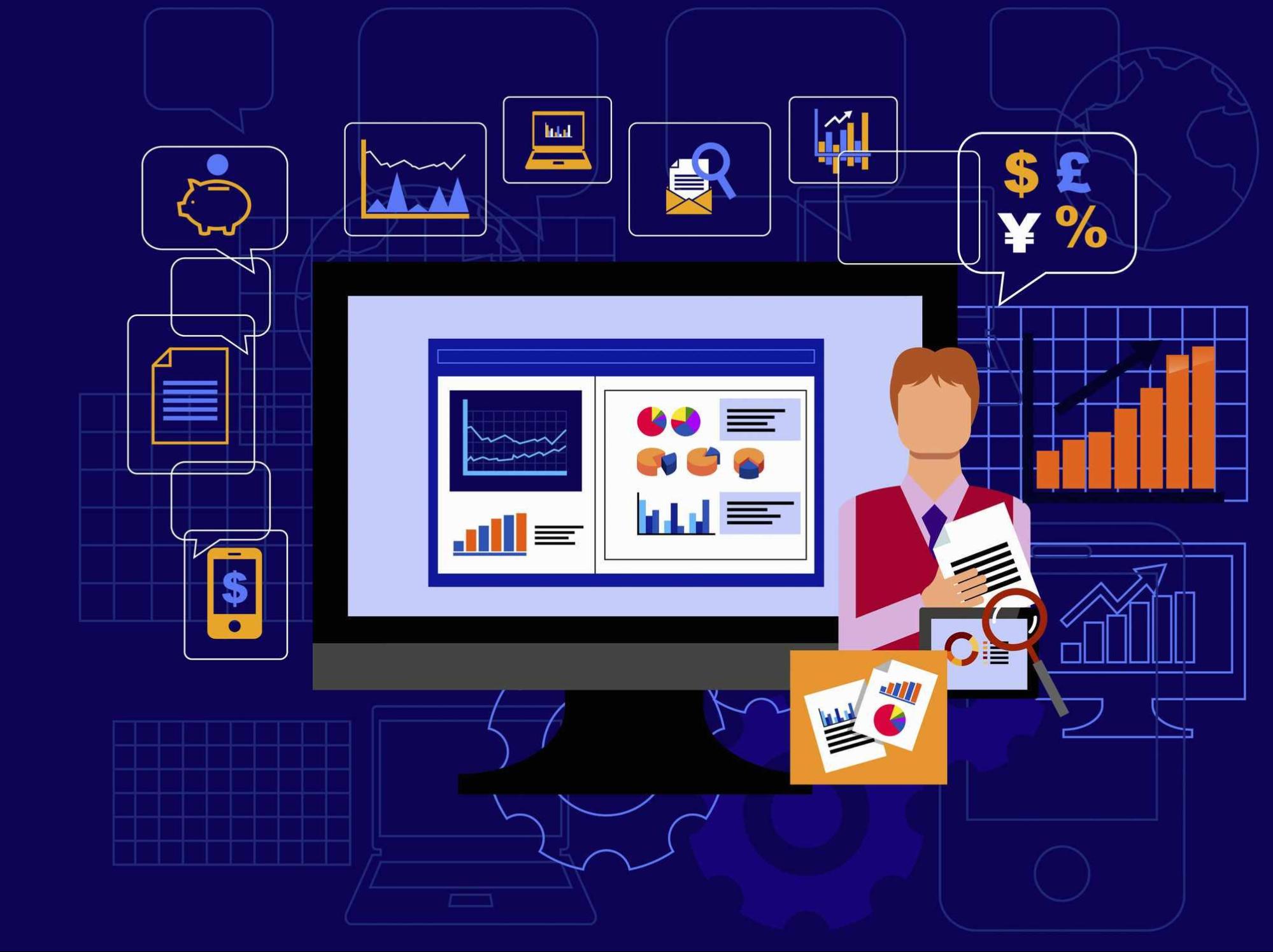Using automated software for day trading has its benefits, but that doesn’t mean it doesn’t have its fair share of drawbacks. There are no shortcuts to making a huge amount of money overnight, and if there is a system that promises you such, chances are, it’s a scam. So, let’s find out how automated day trading works and what you can expect from it.
What is automated day trading software?
Automated trading software is addressed by a variety of names, such as robots, Expert Advisors (EAs), and black boxes. This is a system that places trades on your behalf using your computer. You have to select certain parameters prior to the trading session, and the trades will be placed based on them.
Now, to develop an effective automated system, you need some technical expertise. As a trader, you need to ensure your strategies are not too complex and that you can break them down into a set of conditions. When the trading strategy is too complicated, the program might find it difficult to place trades since it would require some complex coding.
Of course, if you don’t have what it takes to develop your own software, you can always purchase one. But then, you are relying entirely on the programming and trading knowledge of the developer, which is a risky proposition, to say the least. Furthermore, these programs need to be updated whenever there are changes in the market conditions, and if this is not done correctly, its profitability might drop fast.
How does it work?

Firstly, the trader decides the rules and strategies to be used by the software. Then, they must be coded into the systems for them to place the trades. You can use simple conditions for setting the entry and exit points, such as Relative Strength Indicator (RSI). While complicated strategies are viable, they require you to possess deep knowledge about programming.
After the trading rules are coded into them, the software can scan the markets and decide to place long and short trades based on the day trading strategy conditions. Although you are the one who defines the rules, after entering a trade, the algorithm generates its own profit targets and stop losses.
In a volatile market, the exact time of placing an order is crucial because it can make the difference between huge profits and disappointing losses. There are systems that scan the latest news related to the financial markets before making trading decisions.
The advantages and disadvantages
The advantages and disadvantages of automated day trading software are as follows:
Advantages
- Factors out emotions: Traders often act on their feelings, placing trades that might result in disastrous consequences. However, there are no chances of such occurrences while using automated day trading software.
- Backtesting: Most of the automated software you come across will provide backtesting results that show how the system performs when tested with archival data. Thus, you can make adjustments to your strategy and correct any mistakes before you engage in live trading. Backtesting results also give you an idea about the expected profit and loss.
- Swiftness: The speed of making entries is much higher for automated day trading software compared to manual trading. Day trading is a time-sensitive affair, and automated systems are able to mold themselves to the changing market and generate the orders upon the satisfaction of the trade conditions.
- Consistency: This is again related to the emotional factor. After losing a series of trades, you may think about skipping the next one. However, you might win a lot of money from this trade. Automated systems always place trades consistently without being affected by emotional factors.
- More efficient strategy: An automated system can increase the efficiency of a perfect strategy you’ve developed over the years. This could enhance your overall profits.
- Diversification: Using automated systems, you can trade using more than one strategy and on multiple accounts simultaneously. This results in risk diversification.
Disadvantages
- Over-optimization: An over-optimized automated strategy can provide fantastic results on paper yet fail in a real-world trading scenario.
- System issues: No matter how efficient an automated day trading software is, it can still generate false signals.
- Updates: Since automated systems need to be updated as per the market conditions, you tend to depend a lot on the developer.
Avoid the sales pitch

You should be careful while going through the sales pitch of automated software since there are many EAs that don’t work. Using a trading bot does not necessarily enhance your chances of making big profits.
The traders who achieve success in day trading with automated systems monitor the performance of their systems on a consistent basis and take the necessary actions when major economic events and market changes occur. You should stay away from systems that promise easy money without any hard work.
Is it Fully Automated?

While automated systems do reduce manual labor to a great extent, you can’t just sit back and earn profits without doing anything. From time to time, you need to intervene and make adjustments to your software. Otherwise, its performance will fall.
While it is true that these systems reduce emotions in trading, they do not totally eliminate them. After a few losing trades, individuals may feel tempted to make changes, when in fact, losing trades is something you have to deal with when you are a regular trader.
Conclusion
While the popularity of automated day trading is on the rise, you must test your strategy frequently if you wish to make big profits. It is unwise to rely too much on these systems because the total lack of manual intervention may lead to disastrous consequences.